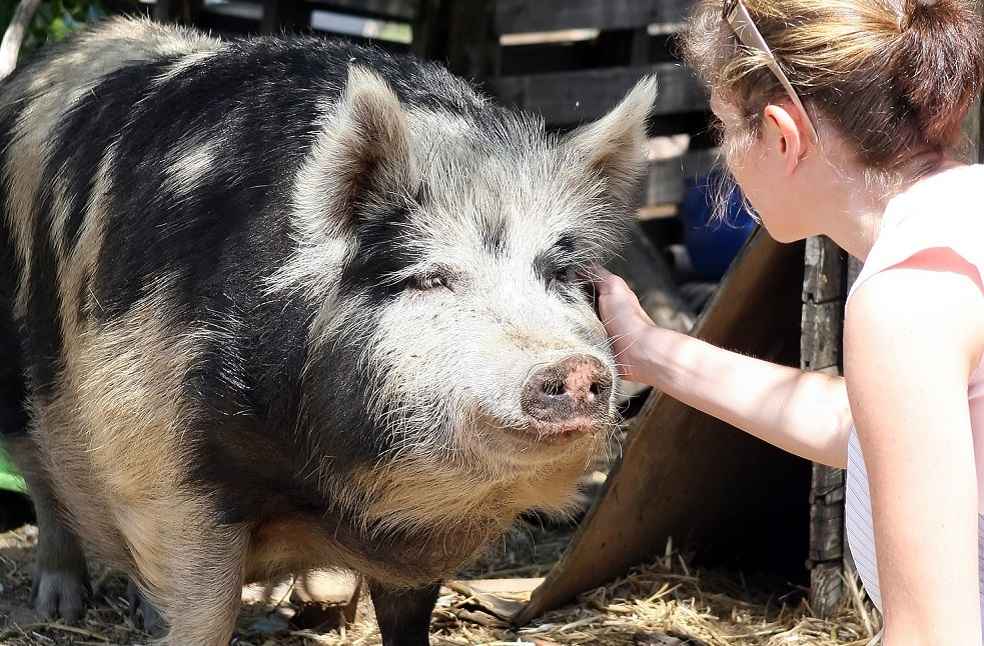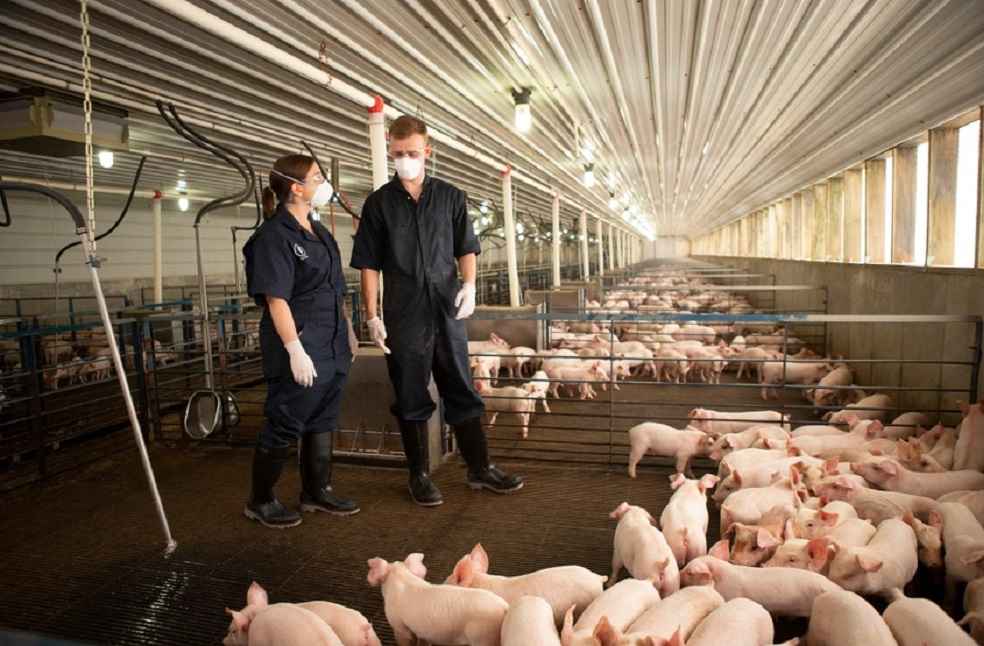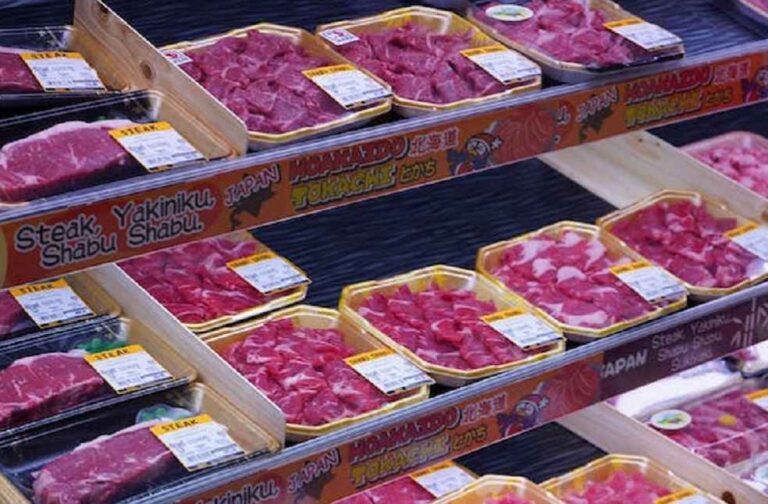Pork producers are adopting a cautious yet strategic approach to expansion amid stabilizing profitability and a promising demand outlook for 2025, according to RaboResearch report.
While production costs are expected to decline, ongoing challenges related to animal health and global trade uncertainties continue to shape the industry. Producers are prioritizing productivity, cost efficiency, and adapting to evolving consumer preferences.
Modest Production Growth Expected in 2025
Despite strong profitability in 2024, herd expansion remains slow, with only slight production increases projected in China, Brazil, and Mexico, while the European Union (EU) and the United States are expected to see declines. Sustainable profitability will be critical for attracting investment and ensuring long-term growth in 2025.
Chenjun Pan, senior analyst for animal protein at RaboResearch, highlighted that favorable production conditions are anticipated. Manageable feed grain prices and improved animal health are expected to contribute to a stable global pork supply, with overall production forecasted to grow by less than 1% this year. Regional supply and demand conditions vary, with sufficient supply in the U.S., China, and Brazil, while tighter supply is expected in the EU, Japan, and the Philippines.

Competitive Prices Boost Pork Consumption
Pork prices underperformed compared to other meats in 2024, but lower feed costs and enhanced productivity have strengthened the industry’s competitiveness.
“Lower feed costs and enhanced productivity have made pork more competitive, a trend likely to continue in 2025,” Pan stated. “Pork is well positioned due to its reasonable pricing and availability, especially as beef prices remain high and poultry demand remains strong.”
Demand is expected to rise in North America and Brazil, where beef supply remains tight. Europe may see seasonal price fluctuations, while Asian markets experience mixed trends, with downward pressure on prices in China and South Korea but stronger prices in Japan and Southeast Asia.
Global Trade Faces High Uncertainty
Uncertainty surrounding global trade continues to be a significant factor affecting the pork industry. Mixed import trends in 2024, with declining demand in China but growth in other markets, set the stage for potential shifts in 2025. The potential return of former U.S. President Donald Trump’s tariff policies could significantly impact trade flows, particularly for pork exports.
“High tariffs on imports from China, Mexico, and Canada may lead to retaliatory measures affecting agricultural goods, including pork,” Pan noted.

Additionally, geopolitical factors such as a possible Ukraine-Russia ceasefire could influence grain prices, subsequently affecting pork production costs. Disease outbreaks, including a recent foot-and-mouth disease incident in Germany, further complicate global trade and add to market volatility. In this environment, supply chain stakeholders are increasingly focusing on risk mitigation strategies.
Technological Innovation to Address Challenges
Animal disease outbreaks, including African swine fever and porcine reproductive and respiratory syndrome, remain persistent threats to production and exports. To address these challenges, the pork industry and governments are investing in solutions such as vaccinations, biosecurity enhancements, and animal health advancements. Simultaneously, sustainability and animal welfare concerns are driving technological innovation.
Investments in automation, digitalization, and artificial intelligence are on the rise, with large-scale farms implementing sensor-based monitoring systems to improve disease diagnosis and prevention. These advancements aim to enhance biosecurity, increase efficiency, and support long-term industry growth.
BUSINESS GENERAL | Malaysia Expands Durian Exports to China, Challenging Thailand’s Dominance



